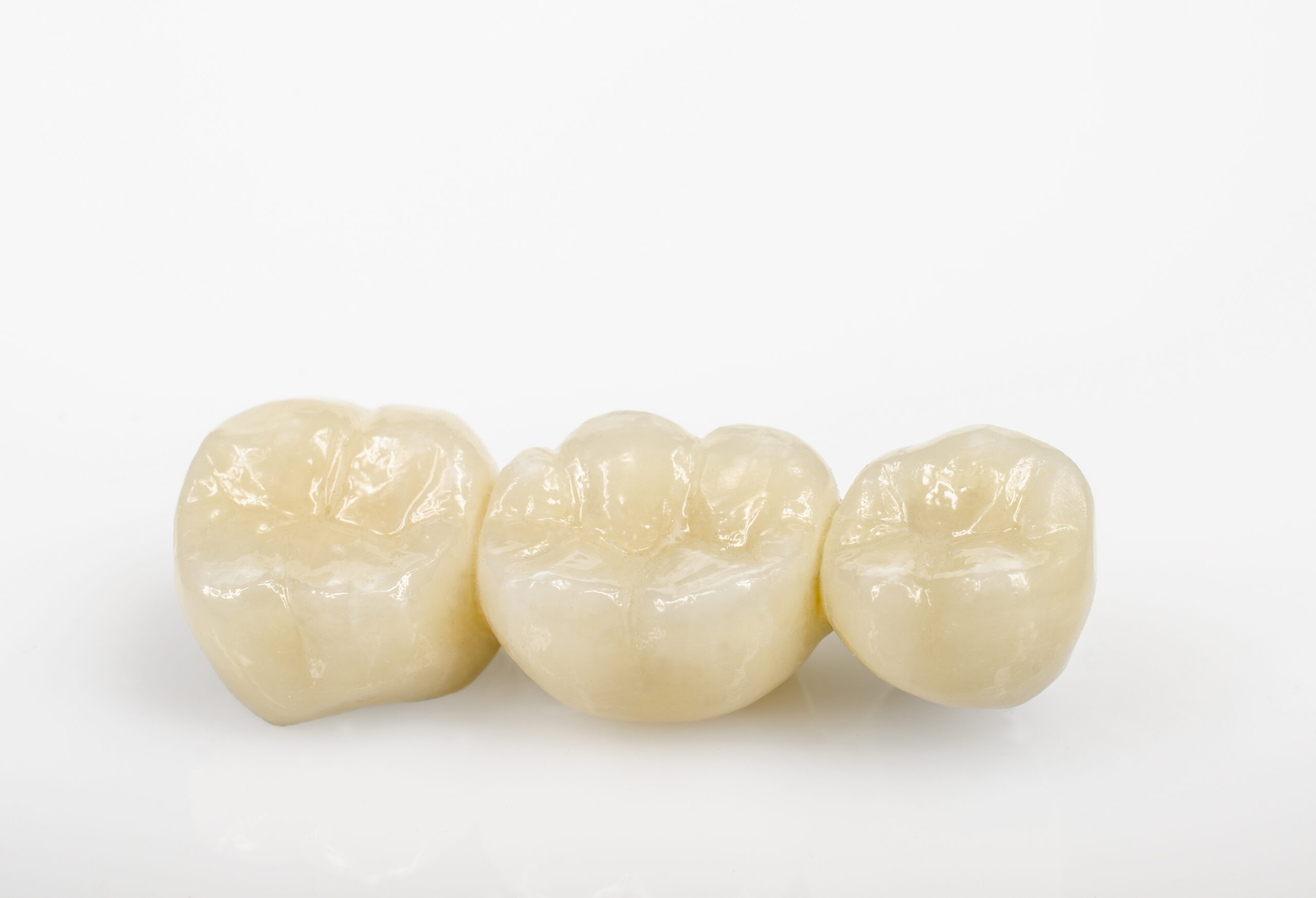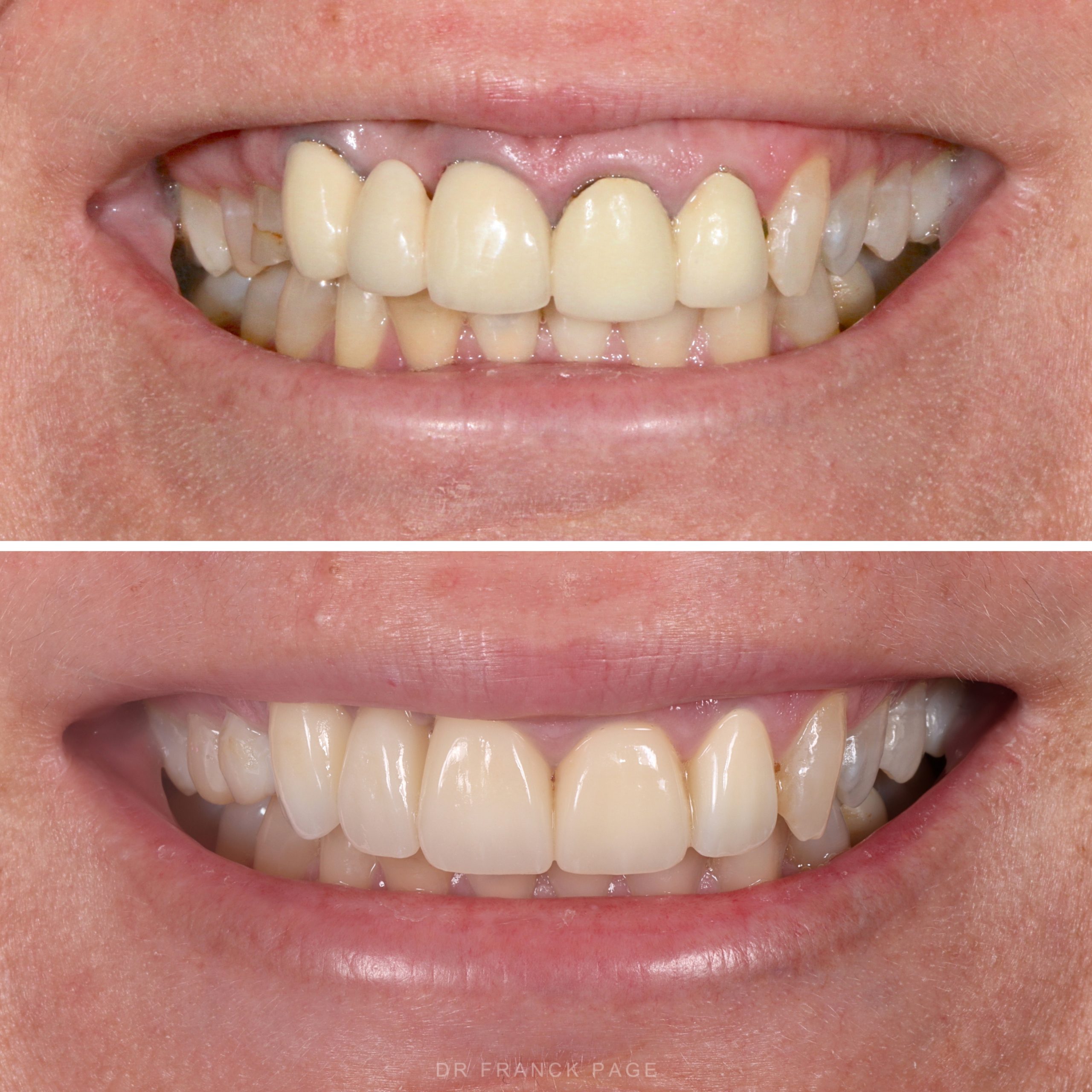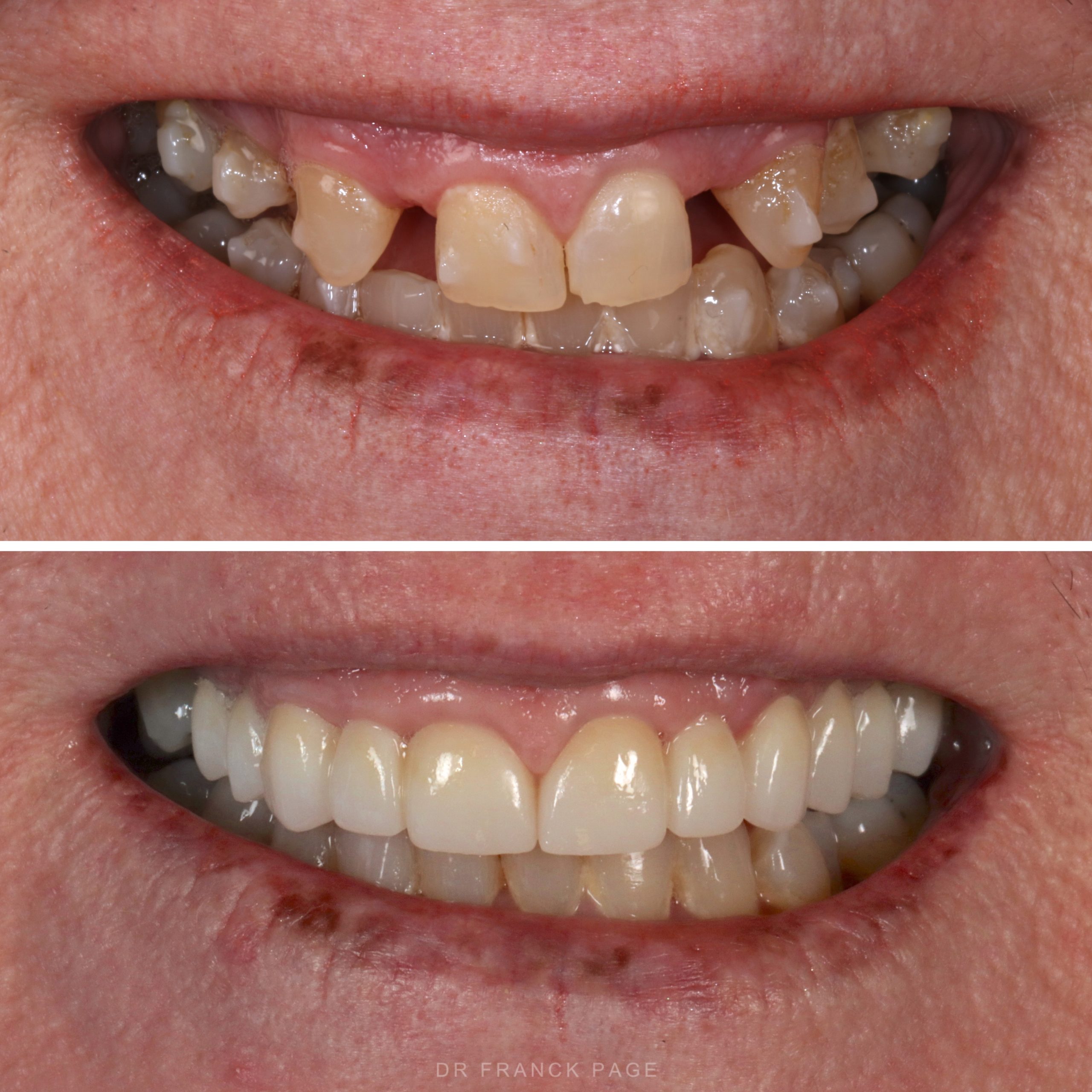Dental Bridge
Dental Bridge

Exemplary dental care awaits you at Dental Implants & Aesthetics. Our patient-focused philosophy places you at the forefront of every decision, ensuring personalised treatment plans tailored to your unique needs and goals. Working closely with you, our team strives to deliver functional, natural-looking results that enhance both your oral health and quality of life. Employing the latest technology and techniques, we ensure a comfortable and stress-free treatment journey, all while upholding the highest standards of care.
What is a dental bridge?
A dental bridge is a fixed dental restoration designed to replace one or more missing teeth.
Missing teeth can impact confidence, interfere with chewing function, and cause irregular tooth wear or tooth movement. Fortunately, modern dentistry provides numerous options to bridge the gap created by missing teeth, with dental bridges being an excellent choice to help restore both the aesthetics and function of your smile.
Supported by neighbouring teeth, a dental bridge consists of two or more crowns on either side of the missing tooth/teeth (abutment teeth), bridging a false tooth/teeth (pontic) in between.
Dental bridges can be made from various materials, including gold, porcelain, metal, or ceramic, but Zirconia porcelain is the most commonly used material. It blends seamlessly with natural teeth and is incredibly strong, making it an ideal choice, especially for clients with parafunctional habits such as clenching or grinding.
There are four primary types of dental bridges:
- Traditional 2, 3, or 4-unit bridge
- Maryland bridge
- Cantilever bridge
- Implant-supported bridge
Each type has its unique benefits and considerations, and the choice depends on the specific needs and circumstances of the individual.
Compared to removable dentures, bridges offer several advantages. Being a ‘fixed’ restoration cemented in place, they restore both strength and function of the bite, can enhance the aesthetic appearance of the smile, and prevent adjacent teeth from drifting or tilting into the unoccupied spaces.
With multiple options for tooth replacement available in today’s dental landscape, it is essential to consult our team to determine the treatment option most suitable for you. We conduct comprehensive consultations and treatment planning to ensure that the recommended treatment plan is tailored to meet your functional, aesthetic, and financial needs.
Your smile is our priority, and we are dedicated to helping you achieve optimal oral health and functional, confident smiles.

Before and Afters
What to expect from
your first consult?
At your initial consultation with us, we will take a series of intraoral and extraoral X-rays and pictures. Our dentists will conduct comprehensive examination and treatment planning, and discuss with you in detail, the treatment options available to you.


















